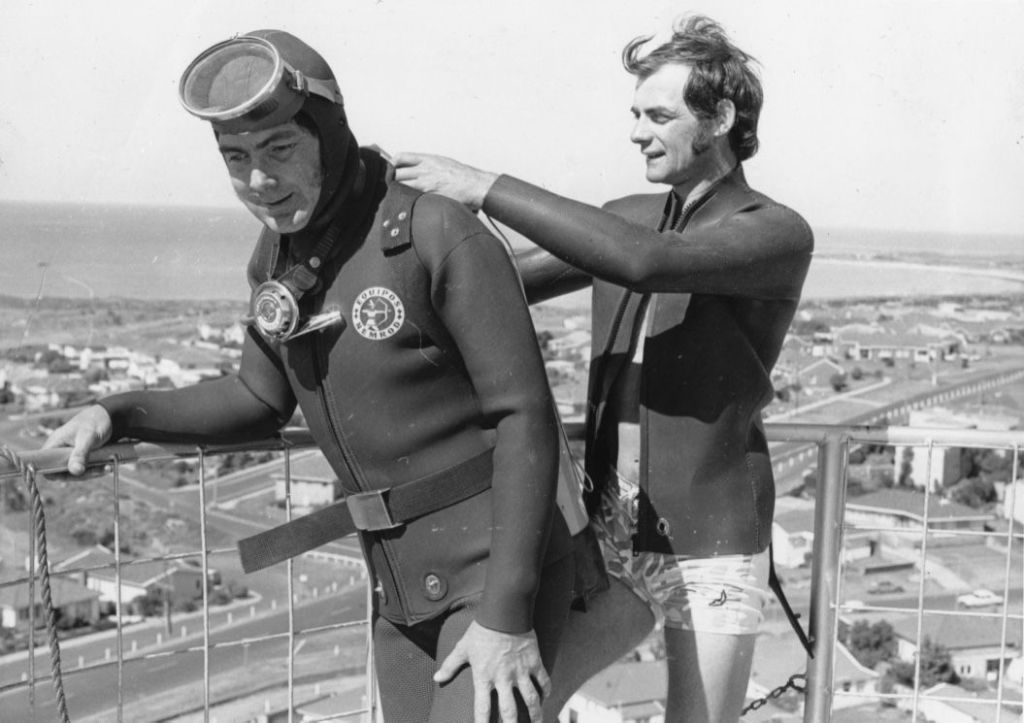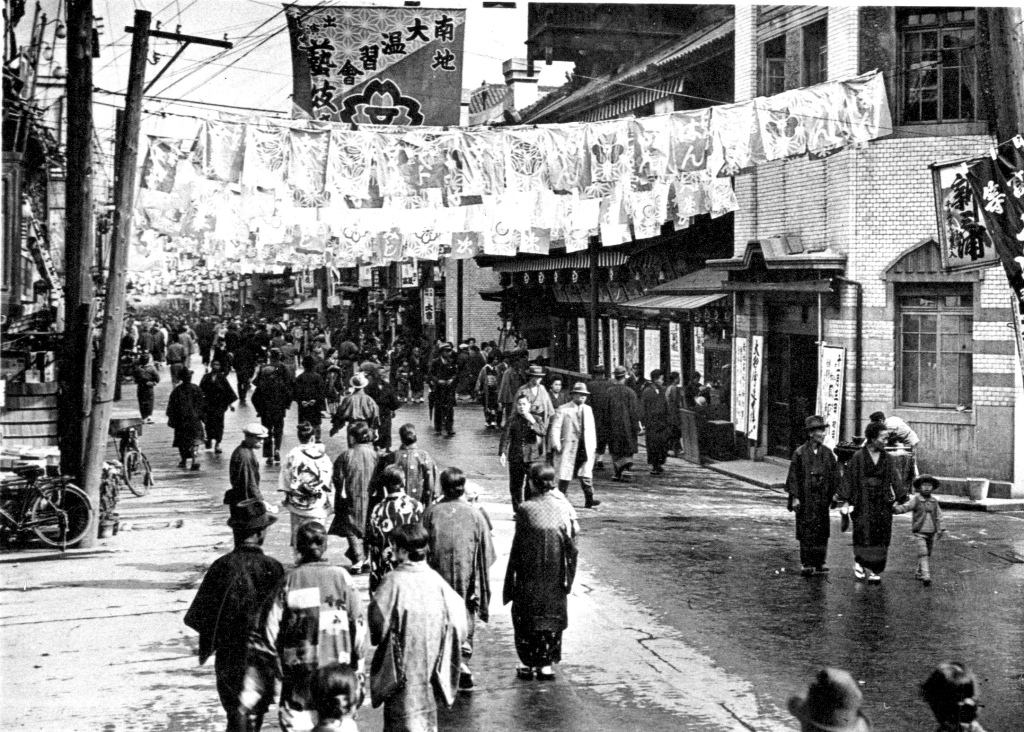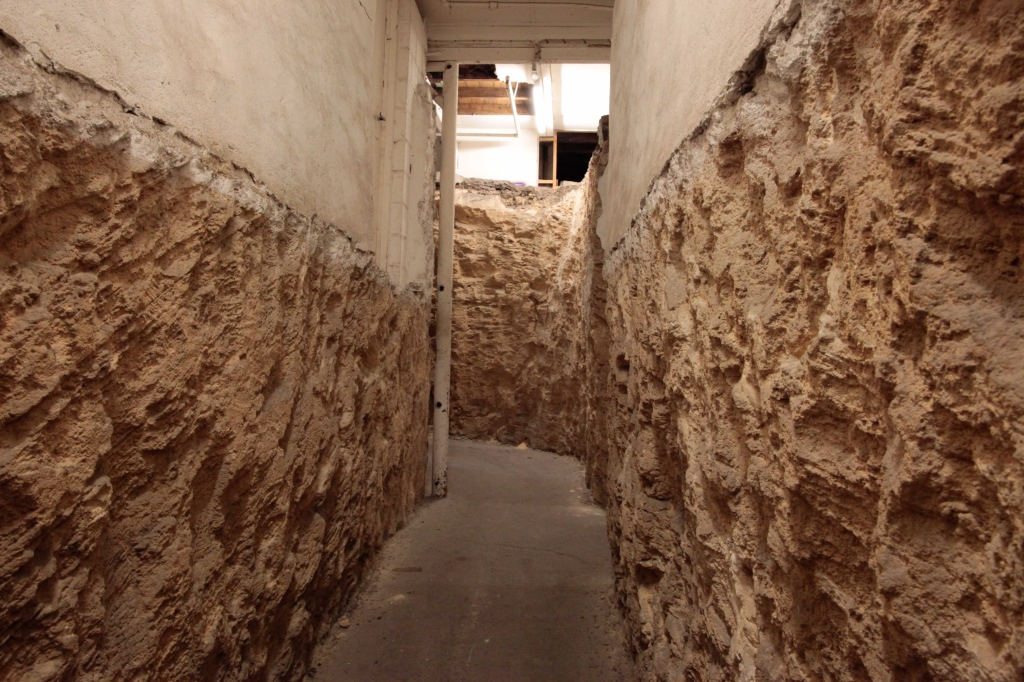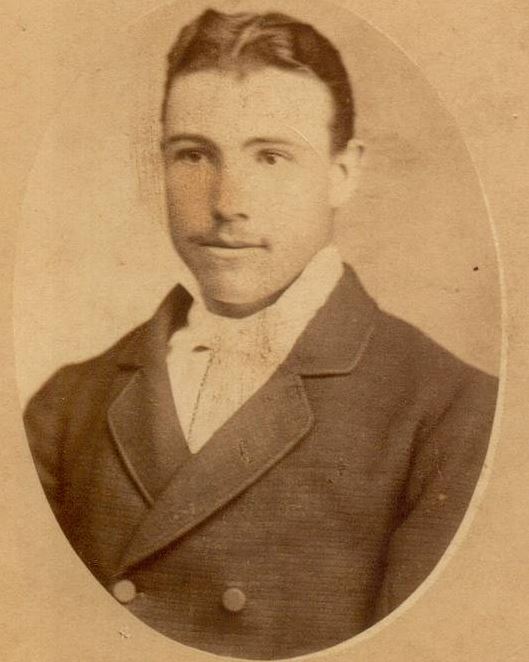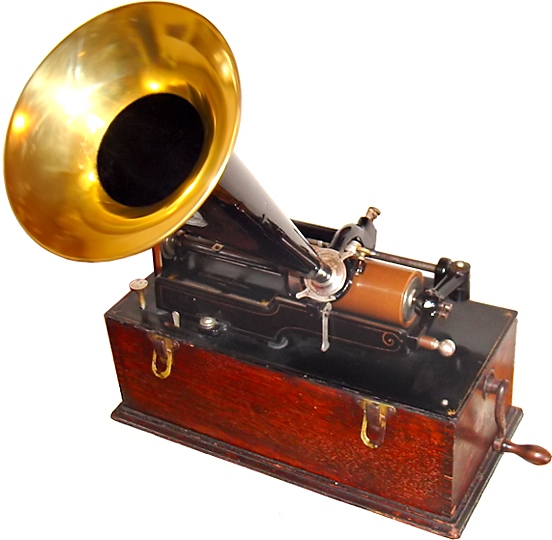What do you imagine things will be like in the FUTURE?
Did you spot the Silver Ball on your way here?
The Silver ball was designed by Ralph Jones, engineer, and eldest son of Fletcher Jones. Erected in 1967 as part of the Fletcher Jones factory’s extensive fire protection system, the concrete foundation of the tower extends through the entire building. Its interior is hollow and used to be filled with water, there was even a time when some of the staff went diving in the silver ball!
Does the Silver Ball resemble anything else you see around?

The stories of the Fletcher Jones Factory and Gardens have a common thread of innovation. Many of the ideas implemented in the Factory came from Fletcher Jones’ openness to new and emerging ideas from around the world.
But what does this have to do with the motif of the cone and the sphere we see here? We will have to travel back to the New York World Fair of 1939…
How Do You Run an Innovative Business? Forward Thinking in Terms of People
“At the time of Fletcher Jones’ death in 1977, the FJ enterprise was one of the largest clothing manufacturers in the world… Arguably, no single person had done more to transform and, for a time homogenize Australian dress standards… than Fletcher Jones and his staff…”
John Lack, Australian Dictionary of Biography, Volume 14, MUP, 1996
The Fletcher Jones Company was known for innovation in managing, marketing and production. They created a business model that is still incredibly progressive even by today’s standards.
Fletcher Jones was interested in the writings of Dr. Toyohiko Kagawa, a Japanese Christian social reformer and pioneer of the Japanese co-operative movement. These writings inspired him to turn his company into a staff co-operative and to adopt principles such as staff shares in ownership and maximum consultation between staff and management.
Innovative Technologies
The company also thought about advancing production processes…
The introduction of all these new technologies required substantial space. The laser cutters were located in the cutting rooms, however, they were centrally controlled by a number of large computers – very large by today’s standards!
Where do you think they were on site?

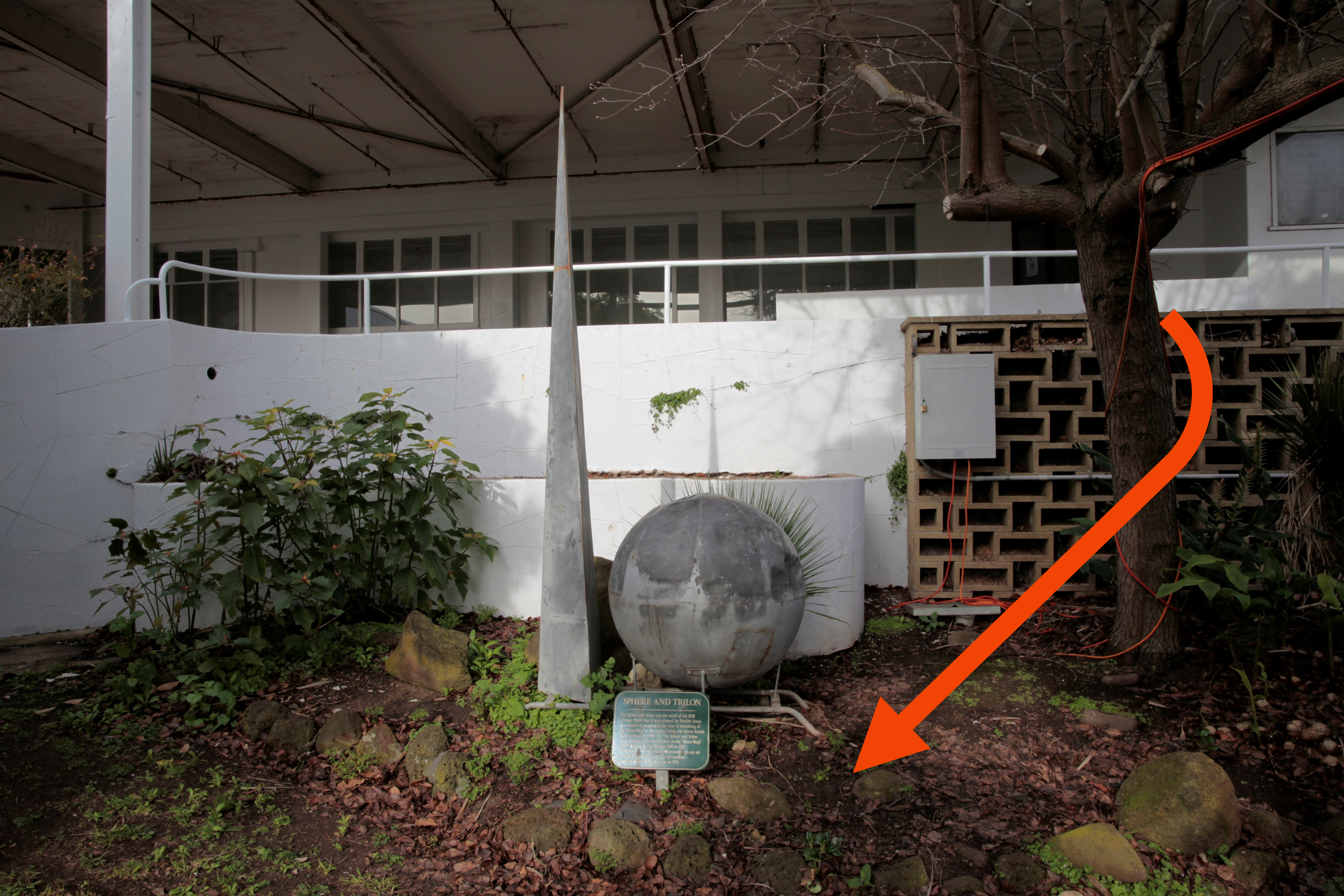
Underneath the Trilon and Perisphere!
They were put in tunnels running underneath the existing Factory. These tunnels were excavated in 1971 to accommodate more storage as the factory ran out of space.
It was a little later when the space was converted into Warrnambool’s first computer room!
‘We dug the tunnels by hand – with a jackhammer and wheelbarrows to take away the rubble’
Gary Kelly
Innovation in Warrnambool
Did you know that Warrnambool has its own history of introducing world-changing innovations?
The first and oldest surviving Australian sound recording was a startling impersonation of a hen made in Warrnambool. The recording, called ‘The Hen Convention’, was created in 1897 by a local shoe salesperson Thomas Rome and a local performer, Jones James Villiers.

Richard Gibbs grew up in a family farm in Warrnambool. He founded the Baylor College of Medicine Human Genome Sequencing Center and played a key role in the early formation of the Human Genome Project.
Innovation involves finding creative solutions to problems. We’ve explored some of the innovative ideas here at the Fletcher Jones Factory and Gardens.

